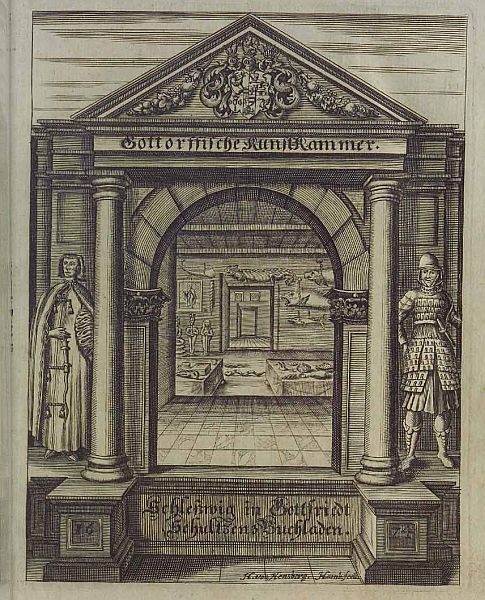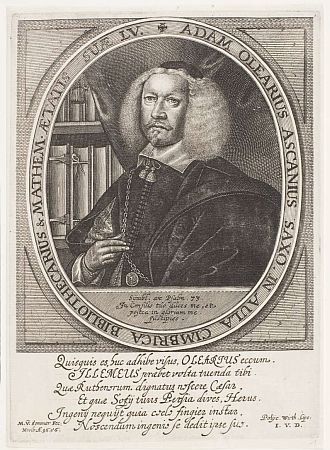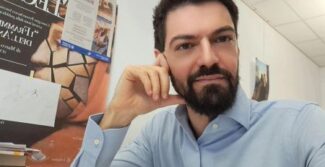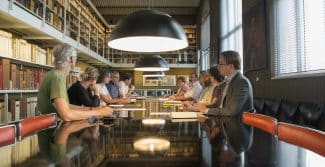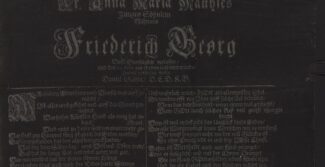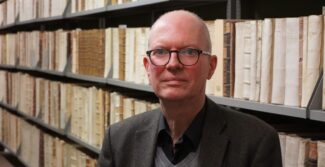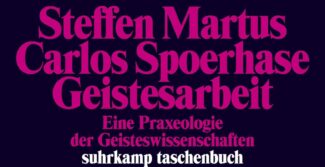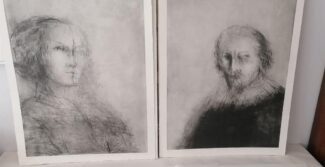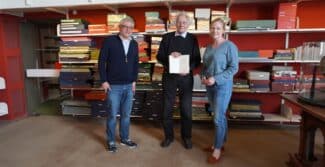27 March 2023
Between 1652 and 1658, Wagener, a native of Itzehoe about whom we know very little, travelled as a journeyman and for educational reasons to Königsberg (now Kaliningrad) and Danzig (now Gdansk), and later to Frankfurt. As part of the retinue of Herzog Ferdinand Albrecht I. von Braunschweig-Wolfenbüttel he then went to Orleans, where Wagener’s travelogue ends. His travel notes are held today in the Herzog August Bibliothek and are currently being catalogued in depth as part of the project ‘Grand Tour digital’, which is funded by the Deutsche Forschungsgemeinschaft (German Research Foundation, DFG).
His numerous shorter trips and more extensive journeys, which were frequently interrupted by war and pestilence, took him on occasion to apothecary practices, where he continued his training, sometimes for a few days and sometimes for a longer period of time. After his plans to return to Königsberg in the autumn of 1656 were scuppered by the events of the Second Northern War (1655–1661), Wagener spent some time in Meldorf, the largest town in Dithmarschen. At the start of 1657 he then travelled via Husum and Schleswig to Gottorf, where he met the duke’s personal physician Joel Langelott (1617–1680) “through his journeyman apothecary”. Langelott invited Wagener to stay for three days, before recommending him to the court librarian Adam Olearius.
The Gottorf cabinet of curiosities, which in the early modern period still attracted numerous visitors, was created under Herzog Friedrich III of Schleswig-Holstein-Gottorf (1597–1659), who wanted to expand his ducal seat into an important centre of culture and science. The duke was actively supported in this endeavour by the scholar Adam Olearius of Aschersleben (whose name was the Latinised form of Oehlschlegel). After returning from the travels he had undertaken in Russia and Persia between 1633 and 1639, Olearius was initially appointed as court mathematician in Gottorf, and later as court librarian. In 1647 he published his travelogue Orientalische Reise (Oriental Journey), which brought him widespread renown. In 1666 he published a detailed description of the Gottorf collection.
A number of the objects that are described and illustrated in his book were also included in Olearius’s tour of the collection rooms. In his account Wagener not only gives clues about the origins of the collection items but also recounts anecdotes that Olearius shared with him during his visit, for example, about the whip with the large hand pommel that ‘the Chinese hit you on the head with when they catch you’. This is something Olearius only narrowly escaped on his journey through Persia when he was rescued by his travelling companions ‘who came to his aid’.
A major highlight of the few days he spent in Gottorf was the giant globe, which today is housed in the Hermitage in St Petersburg after it was presented to Tsar Peter I as a gift. The hollow walk-in globe had yet to be completed at the time of Wagener’s visit. From his travelogue it appears that Wagener spent considerable time inspecting this wonder of technology. The copper globe, he writes, was kept ‘in a large hall’, where it reached ‘from the ground to the floor above’. Below ground, it was powered by water, ‘which can be controlled like the mechanism of a clock so that the globe rotates both quickly and slowly’. Inside the globe was a round table surrounded by bench seating, which ‘allowed 11 people to sit at the table’. Wagener also admired the paintings of the star signs and planets, which decorated the interior of the globe, as well as the four corners of the earth that were depicted on the outside. A replica of the giant Gottorf Globe can be visited in the Gottorf gardens or online in virtual form.
Wagener’s visit to the Gottorf cabinet of curiosities and the giant globe is emblematic of a personal desire to make the world his own, which was an inherent part of early modern educational journeys. Through their engagement with more or less outlandish objects of scientific interest, languages, and cultures, travellers presented themselves as worldly, cultured subjects. In order to open up this process to research, Wagener’s travelogue will be documented, catalogued in depth and edited within the framework of the DFG-funded research project, together with other ego-documents from the HAB’s holdings. The reports are edited using semi-automated methods such as handwriting recognition using Transkribus and named-entity recognition (NER). In addition to in-depth cataloguing and editing, the aim is also to document in the project blog what, in part at least, is an experimental work process, and in the long term, to make the collected data freely available on the Ego-Document Research Portal and via the HAB GitLab server.
PURL: http://diglib.hab.de/?link=122
Main image: H[ieronymus] van Hensberg: frontispiece for Olearius, Adam: Gottorffische Kunst-Kammer, Schleswig 1674. HAB: H: T 207.4° Helmst.
